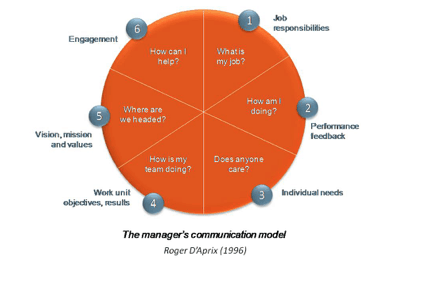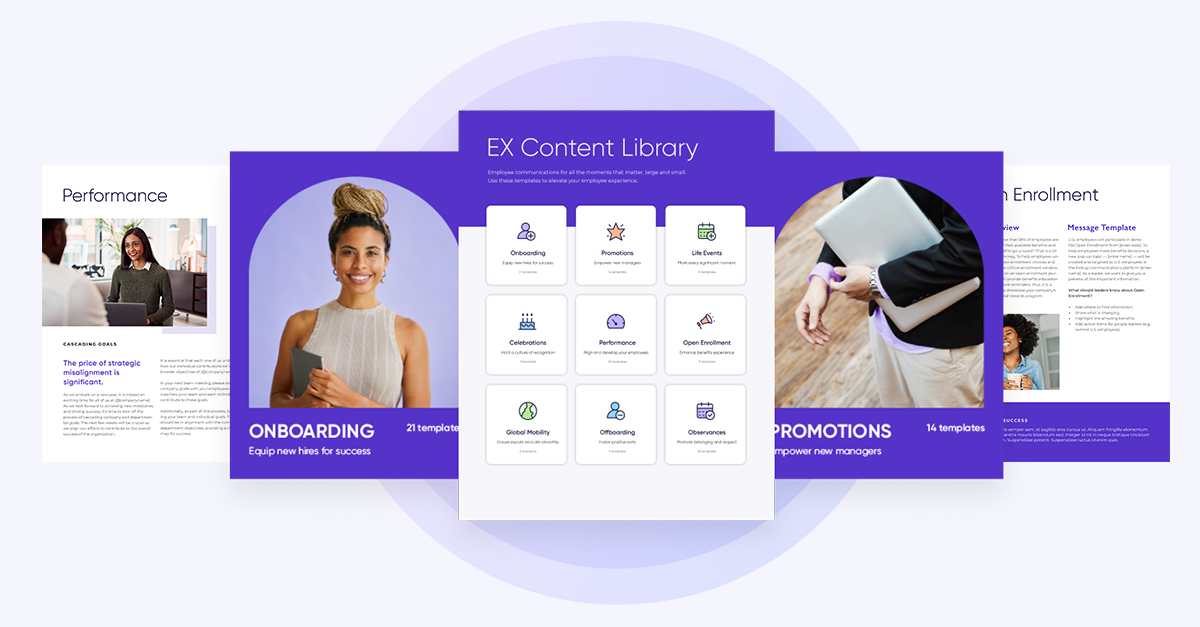Recently Chuck Gose, strategic advisor at Firstup, discussed ideas related to internal comms strategies with Jason Anthoine, managing founder at Audacity. Here are some key takeaways from their conversation.
As both Chuck and Jason pointed out, communication in an organization is important because the employee experience is at the center of every company initiative. If employees feel disconnected from the business, they won’t understand why decisions are being made, and the organization’s objectives are likely to fail. That’s why reaching every employee is essential.
In fact, successful internal communications is the unique, key link that will connect employee experience, company-wide business goals, digital transformation, and change management. Employee engagement best practices include robust workforce communications platforms that span the workforce and integrate tools, allowing you to do the following.
- Publish to multiple channels, including e-mail, intranet, and apps, from one platform.
- Reach your employees wherever they are—including gig workers and employees in the field.
- Measure everything (in one place) with detailed metrics and feedback.
Is your internal communications strategy working?
To start on your road to an effective communications strategy, Jason advises you to ask three questions. (And Chuck offers his insight too!)
Is my internal communications strategy aligned with my business strategy?
First, get (or develop)a clear corporate business strategy, and ensure your comms strategy drives toward the shared goals. Get executive buy-in as high up in the organization as possible.
“And the more communicators tie what they are doing to company performance the better.” – Chuck Gose
Do I have the data to support my strategy and the value I bring to the table?
All strategies should be backed up by data; numbers make your success more believable. Remember to measure outcomes, not just output.
“It’s time for communicators to get over their fear of numbers and data.” – Chuck Gose
Am I driving real business results?
To get the resources you need to continue your strategy, prove your success with measurable proof points.
“Anything that communicators can do to point how their work is having an impact will help tell the story.” – Chuck Gose
A checklist for creating your internal communications strategy
Jason offers a three-part checklist for an effective internal comms strategy.
1. Say/Do ContinuumTM: Communications only gets you so far on your way to achieving the strategic goal. The rest depends heavily on culture and behavior that affects your efforts.

2. Employee hierarchy of needs: If you aren’t sure where to start when communicating with your employees, focus on the six key questions shown in each of the six segments shown below.

3. DRIVE for Results: Use the five-step process of Discovery, Roadmapping, Implementation, Verification, and Evaluation.
After you have an internal communications strategy …
Quantify everything. You can start measuring your initiatives across channels and platforms with a simple spreadsheet that helps map the communications goals to the organizational goals. Create a snapshot and dashboards to show your progress at a glance. Remember what Jason says: your seat at the table is earned with data. You are a trusted advisor and strategic partner at the intersection of business strategy, communications strategy and data, so share your knowledge boldly.





